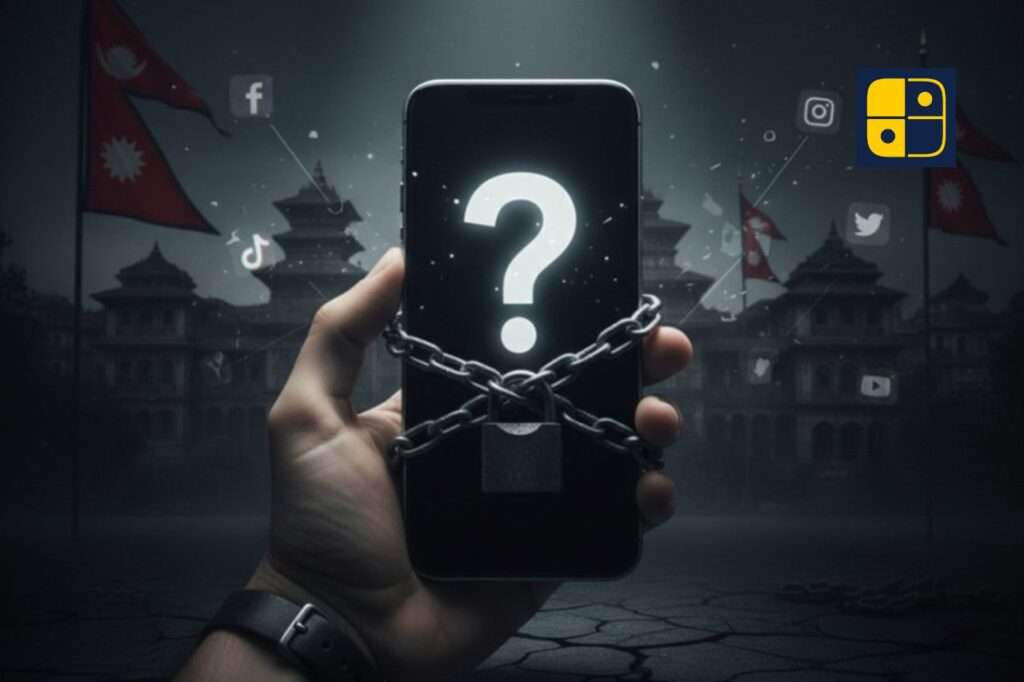Nepal’s action to ban unregistered social-media platforms has given rise to legality issues as it has now an official explanation allowing TikTok and Viber under the justification of domestic regulation as similar to the world in India in the IT Rules (2021), China’s Great Firewall and Australia’s tech-bargaining approach. The platforms must now register locally or suspend access according to the Supreme Court directive.
There is still a geopolitical story underneath. He met President Xi at the SCO summit in August 2025 and rejected the India-China border deal on Lipulekh pass, while asking China to back Nepal’s claim to its territory. Xi, while nondirective, reaffirmed One-China principles and BRI cooperation. The Prime Minister, K.P. Sharma Oli has longstanding strained diplomatic relations with India from the border-map quarrel in 2020, and nationalist statements. Simultaneously, he deepened alignment with Beijing.
Soon after, Nepal’s social-media crackdown came down Chinese-owned TikTok stays, US platforms are blocked mirroring China’s model of digital sovereignty. This echoes cautionary precedents like Sri Lanka’s port lease, Laos surrendering its grid, and Maldives’ debt leverage under Chinese loans.
Nepal’s social-media ban is thus more than regulation. it reflects a strategic tilt toward China, reshaping Kathmandu’s digital and geopolitical alignment.

